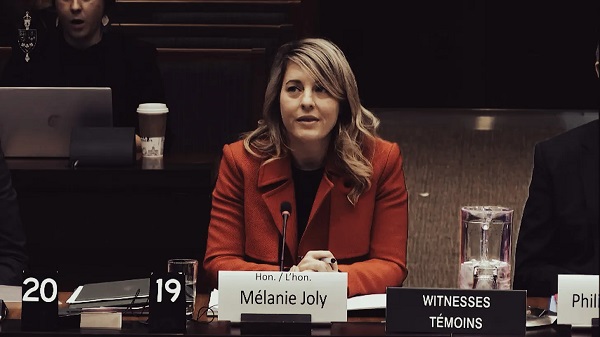RCMP
Red Deer RCMP arrest two individuals following ramming of police vehicle
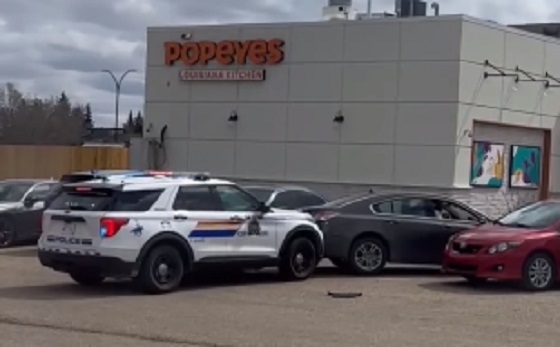
News release from Red Deer RCMP
On April 26, 2024, at approximately 2:30 p.m., Red Deer RCMP received a report of a suspicious vehicle located in a parking lot on the north side of Red Deer. When members arrived, a traffic stop was attempted, but the suspect then rammed the officers police vehicle fifteen times. Following this, the two suspects attempted to flee on foot, but were quickly arrested.
Tia Kikoak (27), a resident of Red Deer, has been charged with fifteen offences including:
- Assault on police officer with a weapon
- Resist arrest
- Dangerous operation
- Possession of stolen property
- Unauthorized possession of firearm
- Possession of firearm knowing its possession is unauthorized
- Careless use of firearm
- Operation while impaired
- Fail to comply with release order x2
Jared Mcleod (30), a resident of Red Deer, has been charged with the following offences:
- Unauthorized possession of firearm
- Possession of firearm knowing its possession is unauthorized
- Careless use of firearm
- Possession of firearm contrary to prohibition order
- Possession for purpose of trafficking
- Resist arrest
- Possession of identity documents
- Common nuisance
Following a Judicial Interim Release Hearing, Kikoak and Mcleod were remanded into custody. They are scheduled to appear in Alberta Court of Justice in Red Deer on May 1st, 2024.
If you have information regarding this incident please contact Red Deer RCMP at 403-406-2200. If you wish to remain anonymous, you can contact Crime Stoppers at 1-800-222-8477 (TIPS), online at www.P3Tips.com or by using the “P3 Tips” app available through the Apple App or Google Play Store. To report crime online, or for access to RCMP news and information, download the Alberta RCMP app through Apple or Google Play.
Alberta
Coutts border officers seize 77 KG of cocaine in commercial truck entering Canada – Street value of $7 Million
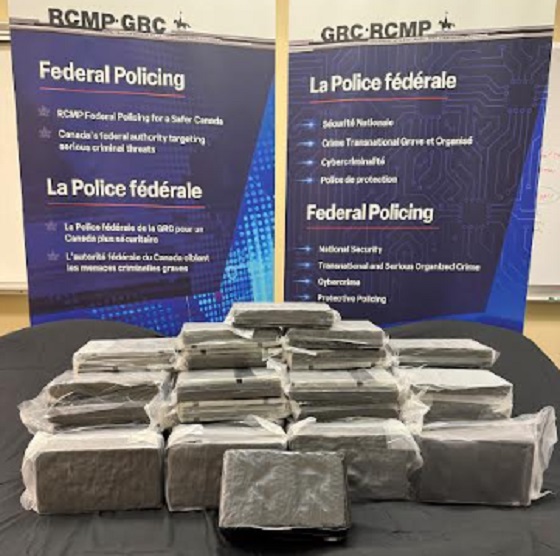
News release from RCMP Federal Policing Northwest Region
Calgary resident charged with attempted drug importation
Canada Border Services Agency (CBSA) officers at the Coutts port of entry found nearly 77 kg of cocaine with an estimated street value of $7 million during a secondary examination of a commercial truck seeking entry into Canada from the United States. The CBSA arrested the driver, a resident of Calgary.
The Integrated Border Enforcement Team in Alberta, a joint force operation between the RCMP Federal Policing Northwest Region, CBSA and Calgary Police Service, was notified and a criminal investigation was initiated into the individual.
Surj Singh Salaria (28), a resident of Calgary, was arrested and charged with:
- Importation of a controlled substance contrary to section 6(1) of the Controlled Drugs and Substances Act;
- Possession of a controlled substance for the purpose of trafficking contrary to section 5(2) of the Controlled Drugs and Substances Act; and,
- Attempting to export goods that are prohibited, controlled or regulated contrary to section 160 of the Customs Act.
Salaria is scheduled to appear in Lethbridge Provincial Court on Oct. 27, 2025.
“The CBSA remains vigilant in preventing dangerous drugs from reaching our communities. This significant seizure shows CBSA’s detection capabilities and the important role our officers play to stop drug trafficking. We are committed to securing and protecting the border alongside our law enforcement partners.”
- Janalee Bell-Boychuk, Regional Director General, Prairie Region, Canada Border Services Agency
“Through coordinated efforts between law enforcement agencies, a substantial quantity of cocaine was seized before it could reach communities across Alberta. This investigation reinforces the value of a secure border and the vital role that collaboration and intelligence-sharing play in safeguarding the public from the harms of illegal drug trafficking.”
- Supt. Sean Boser, Officer in Charge of Federal Serious and Organized Crime and Border Integrity – Alberta, RCMP Federal Policing Northwest Region
“This investigation highlights the strength of our collaborative efforts through the Integrated Border Enforcement Team. By working together with our law enforcement partners, we are able to disrupt the flow of illegal drugs and protect our communities from the violence and harm associated with organized crime.”
- Acting Supt. Jeff Pennoyer, CPS, Criminal Operations & Intelligence Division
IBET’s mandate is to enhance border integrity and security along the shared border, between designated ports of entry, by identifying, investigating and interdicting persons, organizations and goods that are involved in criminal activities.
RCMP
Police arrest thieves using garage-door openers to access homes in Vanier, West Park, Anders Park, and Evergreen
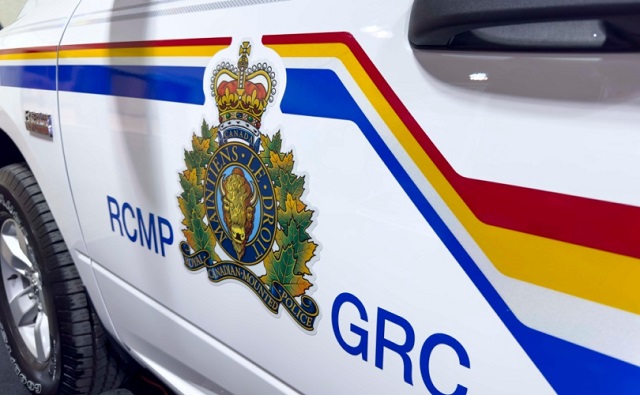
News release from Red Deer RCMP
Red Deer RCMP charge male & female following series of break & enters
Red Deer RCMP have arrested and charged two people, following a series of residential break and enters and vehicle thefts.
Police first received a call on Sept. 23, 2025 from a resident reporting her garage had been broken into and two vehicles stolen.
Further calls to police on Sept. 29 and Oct. 6, 2025 reported residents had their purses stolen from inside vehicles parked outside, as well as a report of a stolen vehicle from outside a residence on Oct. 8th. These incidents happened in the Vanier, West Park, Anders Park South, and Evergreen neighbourhoods.
Investigation linked these reports and showed two suspects opening unlocked vehicles, taking items from inside, and using garage-door openers found in the vehicles to enter residential garages to gain access to further items, keys and vehicles.
Victims reported use of stolen credit cards and personal accounts, which led police to further video surveillance that helped identify the suspects, who were known to police.
RCMP located the suspects at a residence in the Oriole Park neighbourhood, where they were both arrested.
A search of the property resulted in police locating and seizing the following:
- Vehicle key fobs reported stolen by victims
- Purses and wallets containing multiple victim’s ID’s
- Phones, garage door openers, and other items reported stolen by victims
- Clothing worn by the suspects in surveillance footage
- A small amount of crystal methamphetamine
All three stolen vehicles have since been recovered.
Riley Badger, a 30-year-old resident of Red Deer, has been charged with:
- Possession of property obtained by crime over $5000
- Possession of property obtained by crime under $5000 x2
- Illegal Possession of Government Documents x3
- Theft, Forgery or Misuse of Credit Card
- Theft under $5000 x4
- Fail to Comply with Release Order x5
Michelle Walker, a 40-year-old resident of Red Deer, has been charged with the following:
- Possession of property obtained by crime over $5000
- Possession of property obtained by crime under $5000 x4
- Illegal possession of Government Documents x3
- Theft, Forgery or Misuse of Credit Card
- Identity Theft
- Wear disguise with intent to commit offence x2
- Fail to Comply with Release Order x6
- Fail to Comply with Probation Order x4
- Possession methamphetamine
Both Badger and Walker were remanded into custody following a Judicial Interim Release Hearing, and are scheduled to appear in court at the Alberta Court of Justice in Red Deer on Oct. 29, 2025.
RCMP encourage residents to follow the ‘9PM Routine’ by implementing a few steps into your nightly routine: remove valuables from your vehicle and ensure it is locked, check that all doors and windows are closed and locked, put away bikes and toys in your yard, turn on an exterior light.
Red Deer RCMP are committed to community safety and encourage the public to report suspicious activity and crime. If you have any information regarding crime within Red Deer, please contact Red Deer RCMP at 403-406-2200. If you wish to remain anonymous, you can contact Crime Stoppers at 1-800-222-8477 (TIPS), online at www.P3Tips.com or by using the “P3 Tips” app available through the Apple App or Google Play Store. To report crime online, or for access to RCMP news and information, download the Alberta RCMP app through Apple or Google Play.
-

 Daily Caller2 days ago
Daily Caller2 days agoLaura Ingraham Presses Trump On Allowing Flood Of Chinese Students Into US
-

 Environment2 days ago
Environment2 days agoThe Myths We’re Told About Climate Change | Michael Shellenberger
-
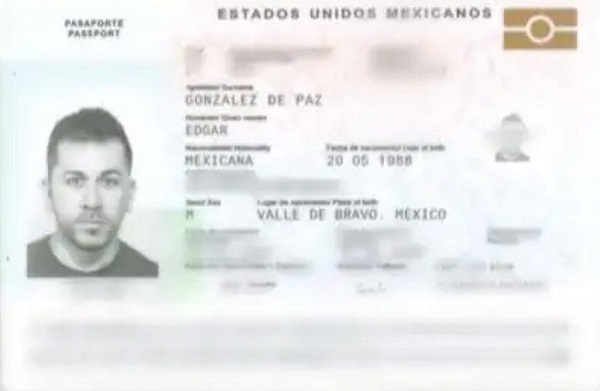
 Crime2 days ago
Crime2 days agoCBSA Bust Uncovers Mexican Cartel Network in Montreal High-Rise, Moving Hundreds Across Canada-U.S. Border
-
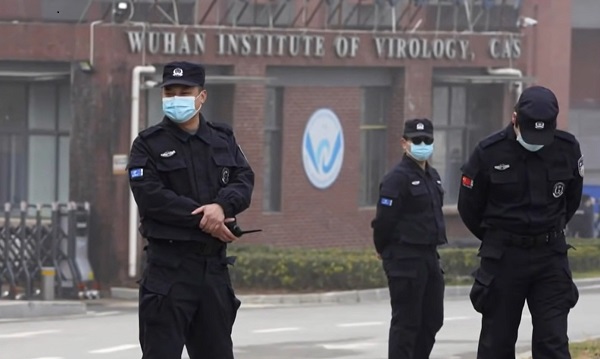
 COVID-192 days ago
COVID-192 days agoSpy Agencies Cozied Up To Wuhan Virologist Before Lying About Pandemic
-

 Business2 days ago
Business2 days agoCarney and other world leaders should recognize world’s dependence on fossil fuels
-

 armed forces2 days ago
armed forces2 days agoWhy we keep getting Remembrance Day wrong
-
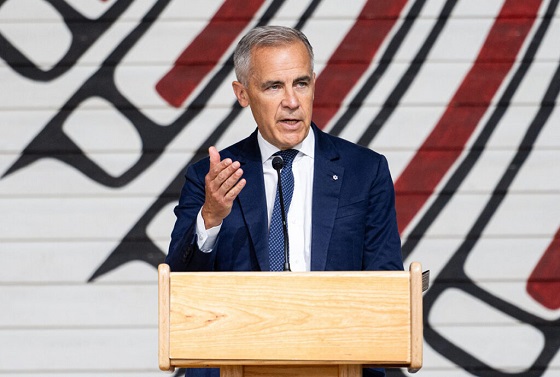
 Alberta1 day ago
Alberta1 day agoMark Carney Has Failed to Make Use of the Powerful Tools at His Disposal to Get Oil Pipelines Built
-
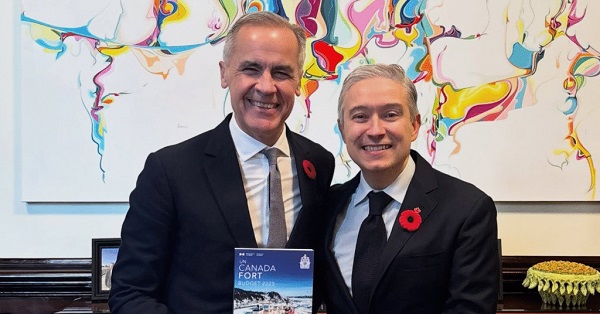
 Business23 hours ago
Business23 hours agoCarney shrugs off debt problem with more borrowing






